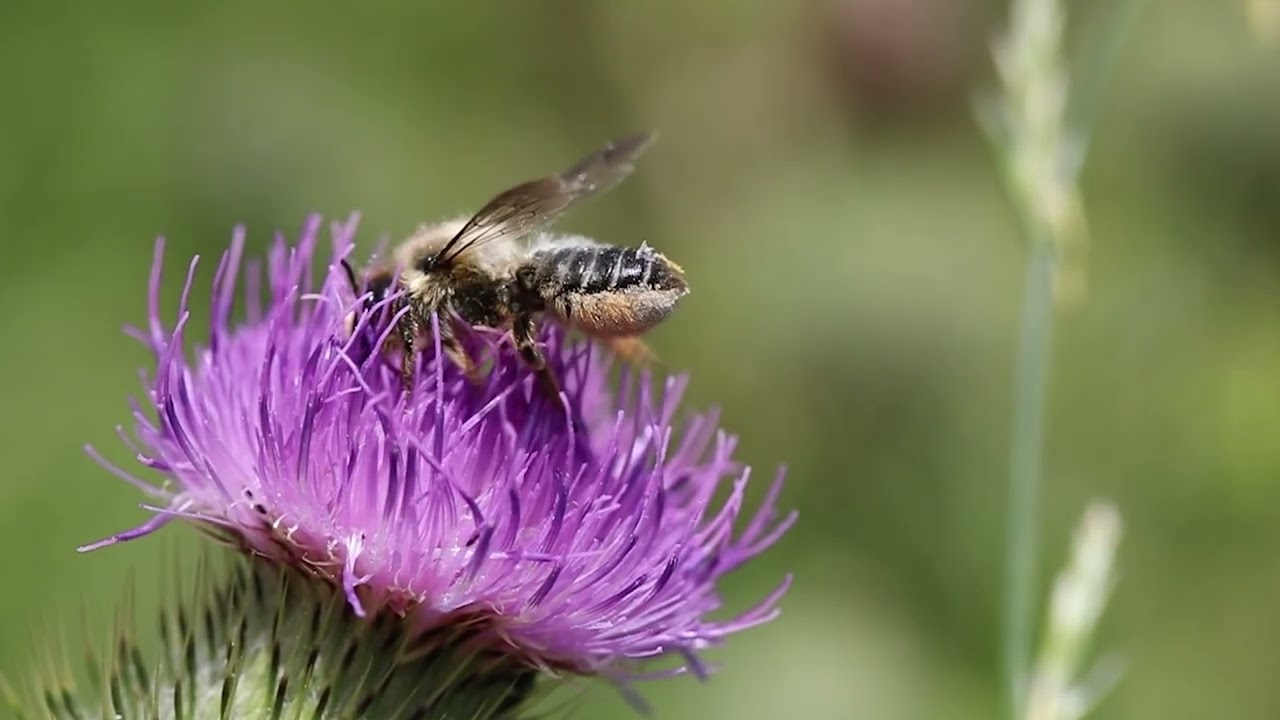- Introduction to City Nature Challenge 2025 and its importance in wildlife conservation
- Detailed explanation of the event’s structure and objectives
- The role of technology and citizen science in data collection
- Insights on species monitoring and its implications for biodiversity management
- Strategies for engaging the public in zoology and wildlife conservation efforts
City Nature Challenge 2025 marks a significant initiative in global wildlife conservation efforts. This annual event mobilizes cities across the world to engage in a friendly competition of biodiversity documentation. Its core mission is to gather insights into urban environments and spur public action in support of wildlife conservation. The 2025 iteration is expected to bring together participants from diverse backgrounds, leveraging citizen contributions to paint an expansive picture of urban ecology.
The structure of City Nature Challenge is organized into two main phases over four days. Initially, participants capture photos of wild plants and animals using mobile applications and cameras. These observations are then uploaded to platforms designed for biodiversity data collection. During the second phase, volunteers and experts verify the accuracy of these uploads, refining the quality of the data pool. This concise yet impactful setup demonstrates the challenge’s capacity to educate while simultaneously gathering valuable ecological data.
Technology plays an integral role in the success of the City Nature Challenge. Smartphone apps like iNaturalist enable users to easily record their observations, tagging them with geographical locations. By using artificial intelligence to suggest possible species identifications, the app empowers enthusiasts and newcomers alike to contribute valuable data. This approach harnesses the strength of citizen science, where contributions from a broad community support professional scientists in tracking urban biodiversity.
The event’s contributions are crucial for monitoring species in diverse habitats, especially amidst escalating concerns of climate change and urban development. Accurate species identification and tracking help identify trends in biodiversity, thereby informing conservation strategies. For instance, documenting shifts in species presence can highlight the impacts of external pressures such as habitat destruction or climate variations, allowing researchers to develop targeted conservation approaches.
City Nature Challenge also effectively engages and educates the public on zoological science and environmental stewardship. By participating, individuals gain hands-on experience and develop an appreciation for local ecosystems. The competition, thus, fosters a lasting connection between communities and their natural environments, encouraging ongoing involvement in conservation activities. Furthermore, educational resources linked to the challenge help deepen participants’ understanding of species diversity and ecological interactions.
In summary, City Nature Challenge 2025 continues to elevate awareness and education in biodiversity management while contributing essential data necessary for impactful wildlife conservation strategies. Through the synergy of community engagement and scientific research, the challenge stands as a vital component of global efforts to protect and cherish biodiversity within urban settings.
*****
Source Description
The Kansas City Zoo & Aquarium, the City of Kansas City, and the Heartland Conservation Alliance are inviting citizen scientists of all ages from across the KC metro area to participate in the 2025 City Nature Challenge from April 25-28!
Each year, thousands of people join in this global challenge to see just how many observations of wildlife we can gather together. These photos are added to an international database that helps scientists and naturalists better understand the type of wildlife living in our cities.
Participation is easy:
1) Download the iNaturalist App on your device.
2) Search for and join the 2025 Greater Kansas City Metro Area City Nature Challenge project.
3) From April 25 until April 28, take pictures of wild plants and animals using the iNaturalist app.
4) Share your photo with the iNaturalist community.
We are looking for photos of plants, birds, insects, and other animals that are in their natural habitat within the Greater KC Metro. Go out and hike your local trails, visit a nearby park or nature center, or check out a lake or river you’ve been wanting to explore. You can find out more about the challenge, including helpful videos and observation tips, at www.citynaturechallenge.org.


